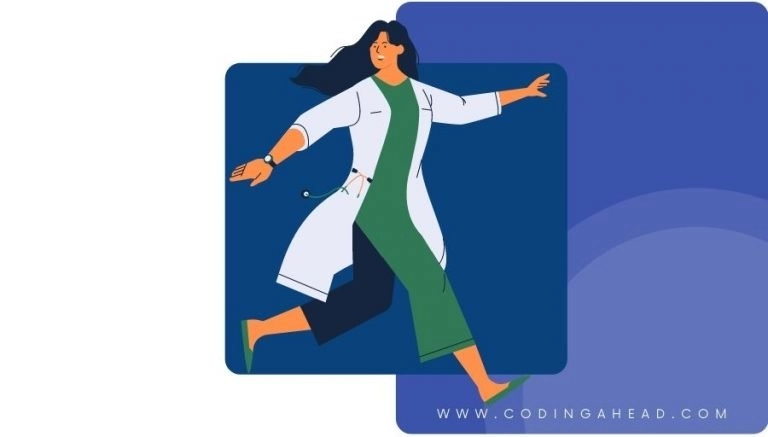How To Use CPT Code 21355
CPT code 21355 describes the percutaneous treatment of a fracture in the malar area, including the zygomatic arch and malar tripod, with manipulation. This article will cover the description, procedure, qualifying circumstances, appropriate usage, documentation requirements, billing guidelines, historical information and billing examples.
1. What is CPT Code 21355?
CPT 21355 is used to describe the percutaneous treatment of a fracture in the malar area, which includes the zygomatic arch and malar tripod, with manipulation. This code is used when a provider repairs a fracture in the cheekbone area, typically caused by an injury, using manipulation applied through puncture incisions.
2. Official Description
The official description of CPT code 21355 is: ‘Percutaneous treatment of fracture of malar area, including zygomatic arch and malar tripod, with manipulation.’
3. Procedure
When performing CPT 21355, the provider begins by preparing and anesthetizing the patient. They then make a puncture incision over the fractured malar bone and insert surgical tools through the incision. The provider manipulates the fractured bone to place it in the correct anatomical position. Finally, they close the puncture incision with sutures.
4. Qualifying circumstances
CPT 21355 is used for patients who have a fracture in the malar area, including the zygomatic arch and malar tripod, that requires percutaneous treatment with manipulation. This procedure is typically performed when the fracture is the result of an injury. The provider must assess the patient’s condition and determine the need for percutaneous treatment.
5. When to use CPT code 21355
CPT code 21355 should be used when a provider performs percutaneous treatment with manipulation for a fracture in the malar area, including the zygomatic arch and malar tripod. It is important to ensure that the procedure meets the specific requirements outlined in the code description.
6. Documentation requirements
To support a claim for CPT 21355, the provider must document the following information:
- Patient’s diagnosis of a fracture in the malar area
- Details of the percutaneous treatment performed, including the use of manipulation
- Date of the procedure
- Start and end time of the procedure
- Any additional relevant information, such as the specific tools used or any complications encountered
- Signature of the provider performing the procedure
7. Billing guidelines
When billing for CPT 21355, ensure that the procedure meets the specific requirements outlined in the code description. It is important to accurately report the procedure and any associated services. Additionally, be aware of any bundling or unbundling rules that may apply to this code.
8. Historical information
CPT 21355 was added to the Current Procedural Terminology system on January 1, 1990. There have been no updates to the code since its addition.
9. Similar codes to CPT 21355
There are several similar codes to CPT 21355 that describe other procedures for fractures and dislocations on the head. Some examples include:
- CPT 21315: Percutaneous treatment of fracture of orbital floor, with manipulation
- CPT 21320: Open treatment of fracture of orbital floor, with or without internal fixation
- CPT 21325: Open treatment of fracture of zygomatic arch, with or without internal fixation
- CPT 21335: Open treatment of fracture of malar area, including zygomatic arch and malar tripod, with or without internal fixation
- CPT 21497: Closed treatment of fracture of zygomatic arch, without manipulation
9. Examples
- A patient sustains a fracture in the malar area due to a fall. The provider performs percutaneous treatment with manipulation to realign the fractured bone.
- An individual is involved in a car accident and fractures their zygomatic arch. The provider performs percutaneous treatment with manipulation to correct the fracture.
- A patient presents with a fracture in the malar area caused by a sports injury. The provider performs percutaneous treatment with manipulation to restore the bone to its proper position.
- Following a physical altercation, a patient has a fracture in the malar area. The provider performs percutaneous treatment with manipulation to repair the fracture.
- An individual sustains a fracture in the malar area during a workplace accident. The provider performs percutaneous treatment with manipulation to treat the fracture.
- A patient fractures their zygomatic arch while playing a contact sport. The provider performs percutaneous treatment with manipulation to address the fracture.
- An individual is involved in a bicycle accident and fractures their malar area. The provider performs percutaneous treatment with manipulation to correct the fracture.
- A patient sustains a fracture in the malar area due to a physical assault. The provider performs percutaneous treatment with manipulation to repair the fracture.
- An individual fractures their zygomatic arch while skiing. The provider performs percutaneous treatment with manipulation to treat the fracture.
- A patient presents with a fracture in the malar area caused by a fall down the stairs. The provider performs percutaneous treatment with manipulation to restore the bone to its proper position.



